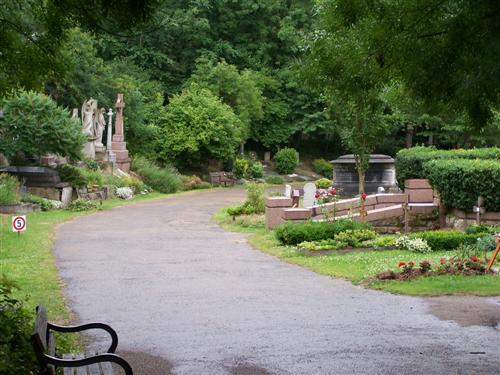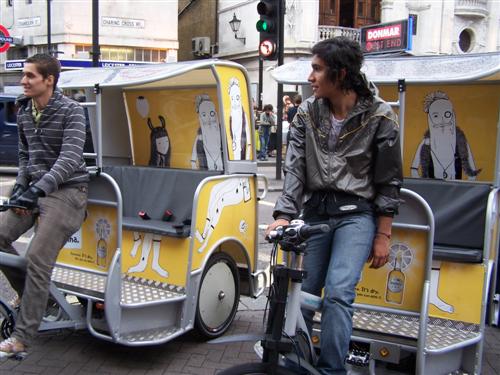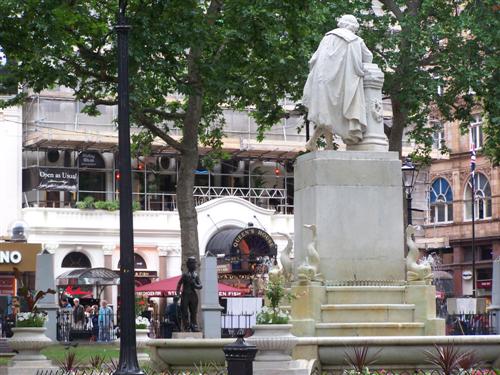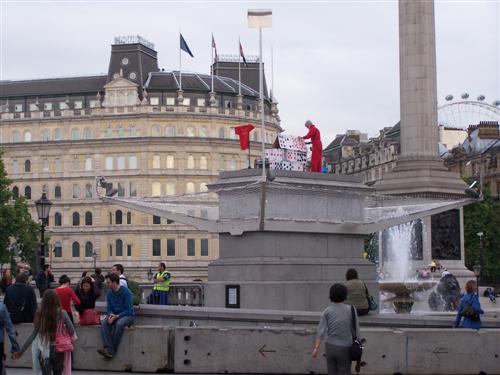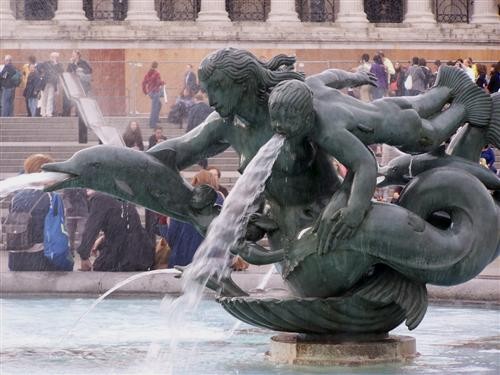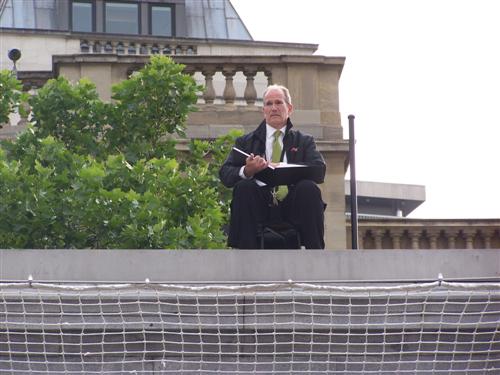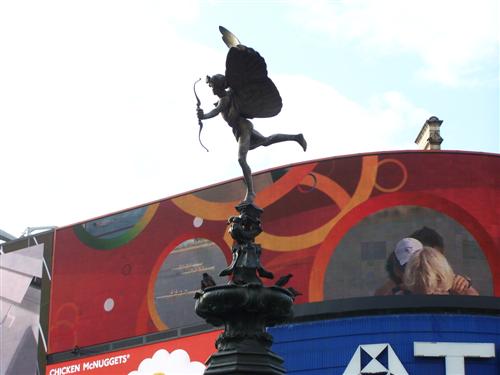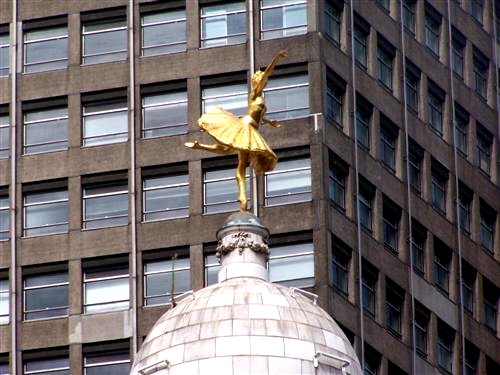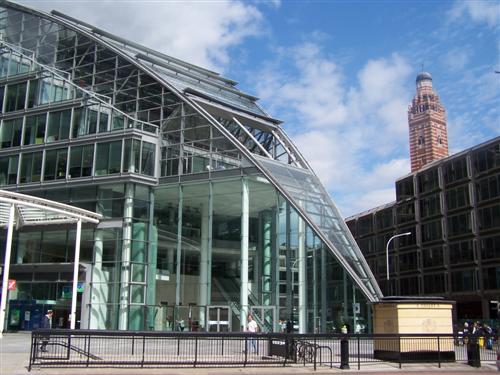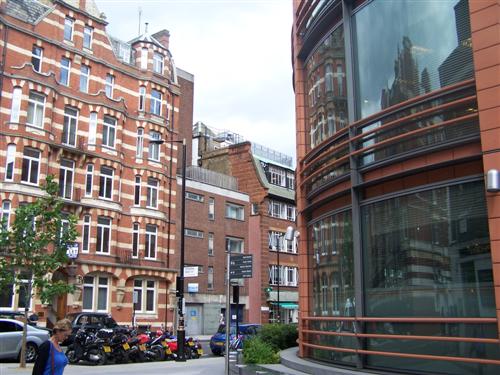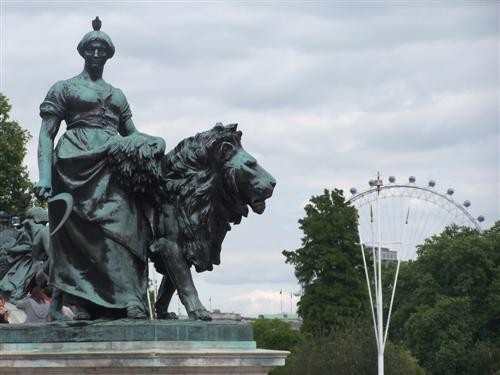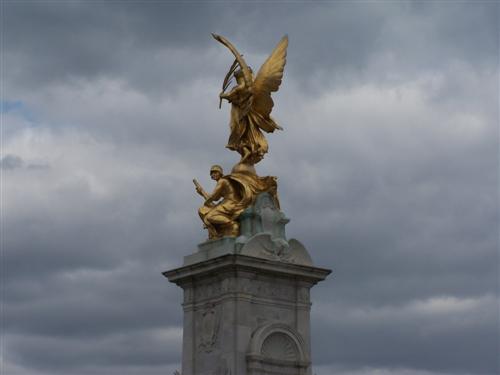(A post from 2010, edited & corrected in 2013)
A few days ago we were watching the new Bond film, Quantum of Solace. I didn’t like the film, even if the leading lady did look a little bit like Rani Mukherjee. I don’t like Denis Craig. His perpetually constipated expression somehow makes me think of ducks. But the initial car race and fight in the A1 highway between Bologna and Florence and then in the city of Siena, reminded me that we had never been to Siena.
Why don’t we go to Siena on this weekend, I proposed. On the map it didn’t look very far. If we take highway, probably we will be there in less than two hours, I said. Often, my wife is not very receptive to such proposals. She feels that they are too tiring. But this time, she didn’t refuse outright, she only frowned and said, we shall see. So I knew, the trip was on.
The names of certain cities are linked with colours. Like Jaipur is linked with pink. For me Siena is linked with “Burnt Siena”. Why did they call that colour “burnt Siena”, that particular shade of brown? Perhaps because of the colour of earth in around this city? or because of the colour of buildings there? I don't know.
Yesterday, sunday morning, we started from home around 9.30 AM. My wife had changed from “we shall see” to “what is the hurry? why don’t we take the Poretta-Pistoia road and see the small cities on the way?” So we decided, no highway! We shall take the normal road and go slowly, taking time to look around.
We passed through the quaint town of Sasso Marconi, where Mr. Marconi had done his experiments with wireless telegraph more than one century ago. Then we went through Marzabotto that has a wonderful Ethruscan necropolis that we had visited last year. Up and down the road went, passing through Poretta Terme, in through deep mountain passes with snow capped mountains, towards Pistoia in the Tuscany region.
Spring had already arrived in Tuscany with new diamond green grass that looked soft as silk. Scattered with gnarled olive trees and tall conical cypresses, Tuscany landscape has a distinctive look. On the road towards Pistoia, we stopped at a bar in Signorino (literally “unmarried man”), where a huge crowd of bikers was having picnic. Very appropriate, we thought. They all did look unmarried!
The names of certain cities are linked with colours. Like Jaipur is linked with pink. For me Siena is linked with “Burnt Siena”. Why did they call that colour “burnt Siena”, that particular shade of brown? Perhaps because of the colour of earth in around this city? or because of the colour of buildings there? I don't know.
Yesterday, sunday morning, we started from home around 9.30 AM. My wife had changed from “we shall see” to “what is the hurry? why don’t we take the Poretta-Pistoia road and see the small cities on the way?” So we decided, no highway! We shall take the normal road and go slowly, taking time to look around.
We passed through the quaint town of Sasso Marconi, where Mr. Marconi had done his experiments with wireless telegraph more than one century ago. Then we went through Marzabotto that has a wonderful Ethruscan necropolis that we had visited last year. Up and down the road went, passing through Poretta Terme, in through deep mountain passes with snow capped mountains, towards Pistoia in the Tuscany region.
Spring had already arrived in Tuscany with new diamond green grass that looked soft as silk. Scattered with gnarled olive trees and tall conical cypresses, Tuscany landscape has a distinctive look. On the road towards Pistoia, we stopped at a bar in Signorino (literally “unmarried man”), where a huge crowd of bikers was having picnic. Very appropriate, we thought. They all did look unmarried!
Stopover in Vinci
On the way from Pistoia to Empoli, we saw the indications for Vinci and decided on an impulse that it would be nice to see the birthplace of one of the most accompamplished sculture-painter-scientist of all times, Leonardo da Vinci. The small town of Vinci is on the top of a hill surrounded by the gentle landscape of Tuscany, dotted with more olives and cypresses. Right in the middle of the medieval town centre, a Leonardo square has been created with a wooden sculpture showing one of the well known figures made by him.


I liked the Guidi square more where a contemporary Italian artist Mimmo Paladino has sculpted the whole square with shapes and images of Leonardo (picture).

By the time we finished going around Vinci, it was already one of clock. We ate our sandwiches that we had brought from home and then decided to proceed towards Anchiano village about three kilometers away from Vinci, to look at the house where Leonardo da Vinci was born. It was difficult to immagine that a child born in such a humble faraway village would become so famous that his name will be known all over the world (in the picture, Leonardo's house).

Reaching Siena
On the way from Pistoia to Empoli, we saw the indications for Vinci and decided on an impulse that it would be nice to see the birthplace of one of the most accompamplished sculture-painter-scientist of all times, Leonardo da Vinci. The small town of Vinci is on the top of a hill surrounded by the gentle landscape of Tuscany, dotted with more olives and cypresses. Right in the middle of the medieval town centre, a Leonardo square has been created with a wooden sculpture showing one of the well known figures made by him.


I liked the Guidi square more where a contemporary Italian artist Mimmo Paladino has sculpted the whole square with shapes and images of Leonardo (picture).

By the time we finished going around Vinci, it was already one of clock. We ate our sandwiches that we had brought from home and then decided to proceed towards Anchiano village about three kilometers away from Vinci, to look at the house where Leonardo da Vinci was born. It was difficult to immagine that a child born in such a humble faraway village would become so famous that his name will be known all over the world (in the picture, Leonardo's house).

Reaching Siena
By the time we reached Siena, perched on the top of a hill, we were a little tired. It was already three of clock. Siena seemed to be full of tourists but we were lucky that we found a parking place almost immediately. The narrow winding streets, medieval houses, renaissance buildings, it was very beautiful. A little tired from going up and down the narrow streets, we ate an icecream and listened to a gifted street violinist.




I had expected to see a small medieval town in the city centre, but what surprised me was the size of the old city. It is huge. I wanted to see the Piazza del Campo, the famous square where the annual Palio horse race takes place. As we walked on and on, there was no sign of this square but arrows on the streets indicated that it was further ahead. Finally when we did come to it, it was one of those “A-ha” moments that you never forget in your life.




I had expected to see a small medieval town in the city centre, but what surprised me was the size of the old city. It is huge. I wanted to see the Piazza del Campo, the famous square where the annual Palio horse race takes place. As we walked on and on, there was no sign of this square but arrows on the streets indicated that it was further ahead. Finally when we did come to it, it was one of those “A-ha” moments that you never forget in your life.
Coming down from narrow winding, dark medieval streets on the hills, the square is like a huge natural bowl, open space between the hills and filled with sunlight, sloping down towards the middle and surrouned by more medieval and renaissance buildings that seem handpainted canvass against the blue sky. There is a beautiful fountain in one corner of the square.



Pictures can’t capture its immensity nor the sense the wonder that fills you when you see Piazza del Campo. I had seen it so many times in pictures and films, and yet I had never realized how wonderful it is in reality. It is one of the most beautiful places I have ever seen.
We are not going to spend too much time here, I told my wife. This city deserves to be seen properly and not in a hurry by tired persons! We will come back here, to spend a whole day or may be a weekend, we agreed, as we walked towards the Duomo (cathedral).
Even the Duomo is very good in Italian gothic style that reminds me of rich wedding cakes, though if you have already seen the cathedrals in Florence and Orvieto, you know what to expect.


We didn’t go inside Duomo, instead we walked back towards the parking to get our car. It was almost five o’clock. The journey back home on the highway was quick, it did take less than two hours. And we are sure, we will back in Siena to explore it better.
If you are planning a visit to Italy, do not miss Siena!
***
This post was originally written in 2010
This post was originally written in 2010

